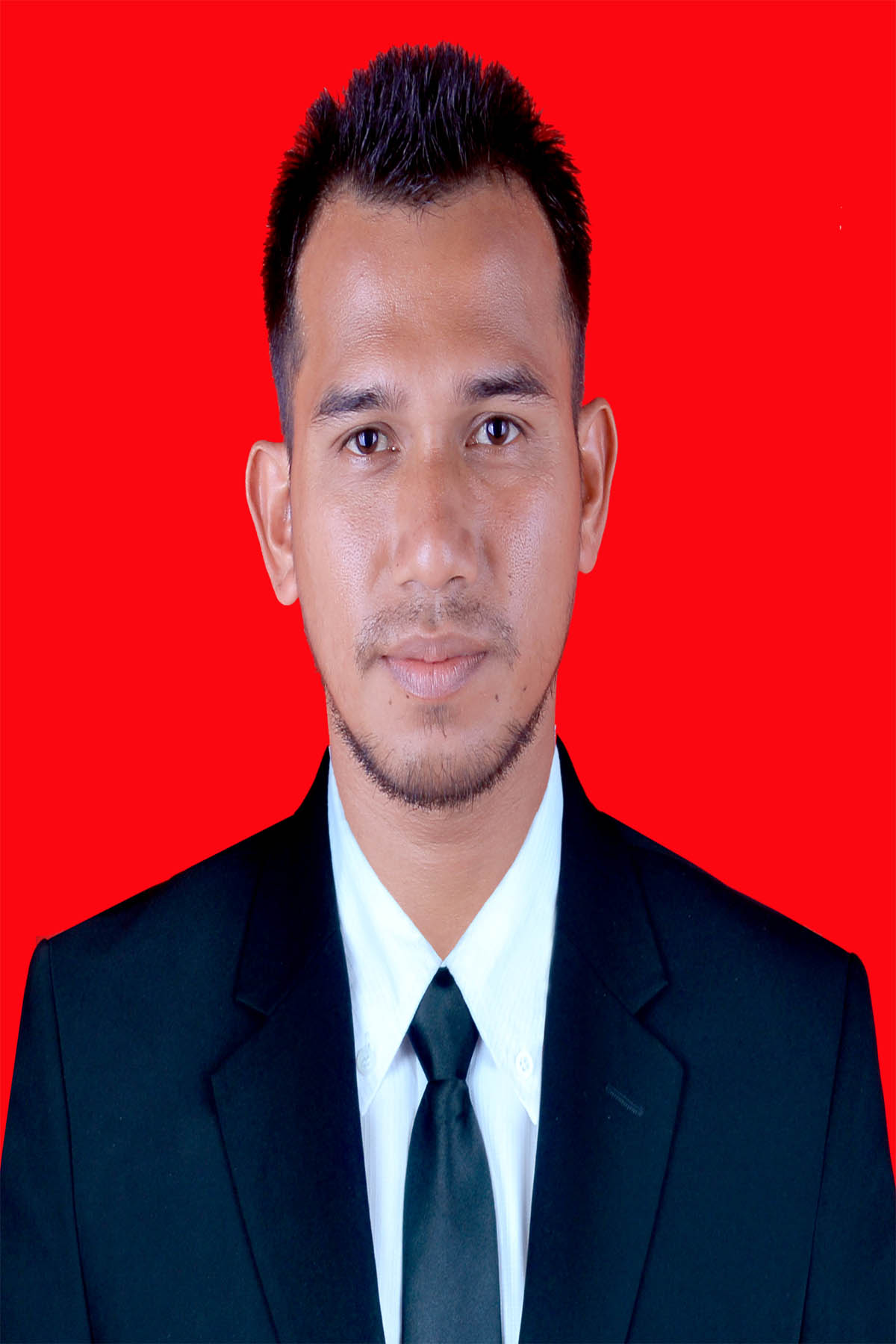HUBUNGAN POWER OTOT LENGAN DENGAN KETEPATAN SERVIS ATAS PERMAINAN BOLAVOLI SISWA SMPN 1 BATAUGA
DOI:
https://doi.org/10.36709/olympic.v1i2.11Abstrak
This research is meant in descriptive correlational research. The purpose of this study was to determine whether there is a correlation between arm muscle power and the accuracy of the upper service in the volleyball game of the students of SMP Negeri 1 Batauga. The population in this study were 508 students of SMP Negeri 1 Batauga consisting of 267 male students and 241 female students. The sampling technique was carried out by using purposive sampling technique, where the sampling was based on male gender considerations and was able to service as much as 15% so that the sample in this study amounted to 41 people. The instrument used to measure the power of the arm muscles used the overhand medicine ball throw test, which was to throw the ball 3 times by taking the farthest distance and the instrument used to measure service ability was the 6 times service test by taking the best 4 times. The data analysis technique used the SPSS version 25 application.
The results obtained from testing the arm muscle power hypothesis have a relationship with the accuracy of top service in volleyball, where rxy = 0.967 at a significant level of 0.00 <0.05, with a coefficient of determination of r2 = 0.9352 or 93.5%. Thus, arm muscle power contributed 93.5%, while 6.5% was influenced by other factors such as flexibility and coordination. From the results obtained, it can be concluded that there is a significant correlation between arm muscle power and the accuracy of the top service in volleyball games for students of SMP Negeri 1 Batauga.





